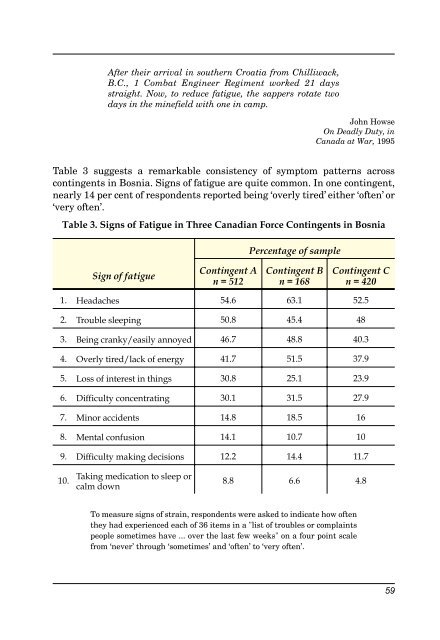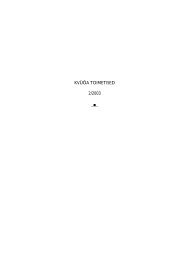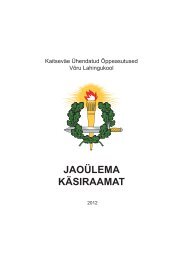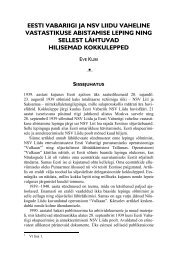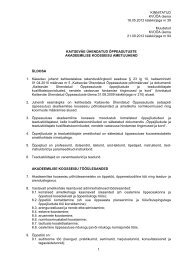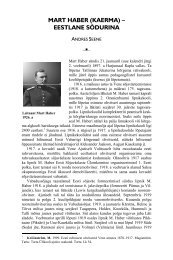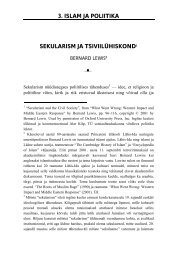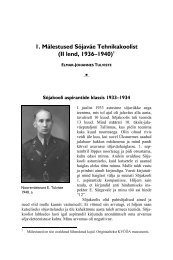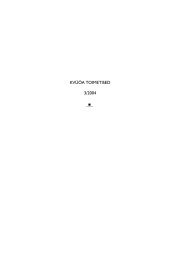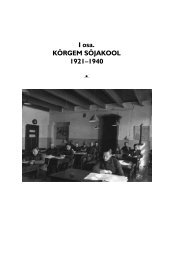Fatigue Management
Fatigue Management
Fatigue Management
You also want an ePaper? Increase the reach of your titles
YUMPU automatically turns print PDFs into web optimized ePapers that Google loves.
After their arrival in southern Croatia from Chilliwack,<br />
B.C., 1 Combat Engineer Regiment worked 21 days<br />
straight. Now, to reduce fatigue, the sappers rotate two<br />
days in the minefield with one in camp.<br />
John Howse<br />
On Deadly Duty, in<br />
Canada at War, 1995<br />
Table 3 suggests a remarkable consistency of symptom patterns across<br />
contingents in Bosnia. Signs of fatigue are quite common. In one contingent,<br />
nearly 14 per cent of respondents reported being ‘overly tired' either ‘often' or<br />
‘very often’.<br />
Table 3. Signs of <strong>Fatigue</strong> in Three Canadian Force Contingents in Bosnia<br />
Percentage of sample<br />
Sign of fatigue<br />
Contingent A<br />
n = 512<br />
Contingent B<br />
n = 168<br />
Contingent C<br />
n = 420<br />
1. Headaches 54.6 63.1 52.5<br />
2. Trouble sleeping 50.8 45.4 48<br />
3. Being cranky/easily annoyed 46.7 48.8 40.3<br />
4. Overly tired/lack of energy 41.7 51.5 37.9<br />
5. Loss of interest in things 30.8 25.1 23.9<br />
6. Difficulty concentrating 30.1 31.5 27.9<br />
7. Minor accidents 14.8 18.5 16<br />
8. Mental confusion 14.1 10.7 10<br />
9. Difficulty making decisions 12.2 14.4 11.7<br />
10.<br />
Taking medication to sleep or<br />
calm down<br />
8.8 6.6 4.8<br />
To measure signs of strain, respondents were asked to indicate how often<br />
they had experienced each of 36 items in a "list of troubles or complaints<br />
people sometimes have ... over the last few weeks" on a four point scale<br />
from ‘never' through ‘sometimes' and ‘often' to ‘very often’.<br />
59


